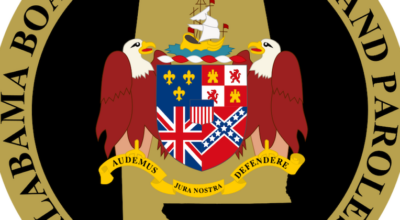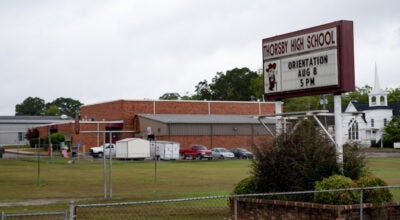Weather contributes to fuel spike
Published 2:00 pm Tuesday, January 19, 2010
By Ben Flanagan
Try not to cringe as the cold wind hits your face during your next trip at the gas pump. The national average for price per gallon continues to rise, but it could improve soon.
AAA spokesperson Clay Ingram said gas prices will likely break $3 in 2010 but will not exceed $4. He said the state and national average is up approximately $1 since last year, when it cost just over $1.60 per gallon early in 2009.
“The reason the price went down last year was because of the economy taking such a terrible turn,” Ingram said. “The demand was flat, and it was very unusual for it to drop that much at that time of year. The one benefit of the economic problem was that it allowed our prices to go lower than we thought we’d see them again.”
At that time, crude oil went from costing more than $100 per barrel to nearly $30.
The prices have gradually crept back up because the demand normally increases during the summer, Ingram said.
Last fall, the economy improved, prompting an increase in gas prices.
Since then, the price per gallon has stayed in its current range, give or take 10 cents, Ingram added.
“Normally when we’re at mid-January, we see the prices drop,” he said. “Christmas is behind us, the weather is usually bad and people don’t travel as much. January and February are normally the lowest price months of the year. That makes it surprising that we’ve seen them go up instead of moving downward.”
My Way News reported Monday that travelers are currently paying $50 more a month for gasoline than a year ago.
They added that the fuel bill for Americans costs over $1 billion per day compared to last year’s $650 million.
Ingram said the price of crude oil remains low, which he suggests is a good sign that prices will not see a sharp increase in the coming months.
“The only thing we can point is this bitterly cold weather we’ve had for the last few weeks,” he said.
“There is often an increase in demand due to cold weather. This is just a temporary spike we’re seeing. I think the prices will get better before they get worse.”
He said there is a good possibility prices will rise above $3 at some point this year but not in the next couple of months.
He suspects late spring or early summer when prices traditionally increase as the weather gets warmer.
He said officially projecting prices for the summer would be a useless endeavor.
“It would never be right,” he said. “It’s like trying to guess somebody’s birthday. It’s almost impossible to do. As far as $4, though, I don’t think we’ll get anywhere close to that.”
Ingram said several things tend to factor into the typical increase in gas prices, including the economy, the value of the U.S. dollar as well as the weather.
Active hurricane seasons cause prices to increase even if there is no hurricane. Anxiety plays a role. Demand is always the top factor, he said.
Even geopolitical situations have an effect, as unstable governments in other countries can impact it.
“It’s amazing the things that go into it,” Ingram said. “That’s what makes it so difficult to predict.”






